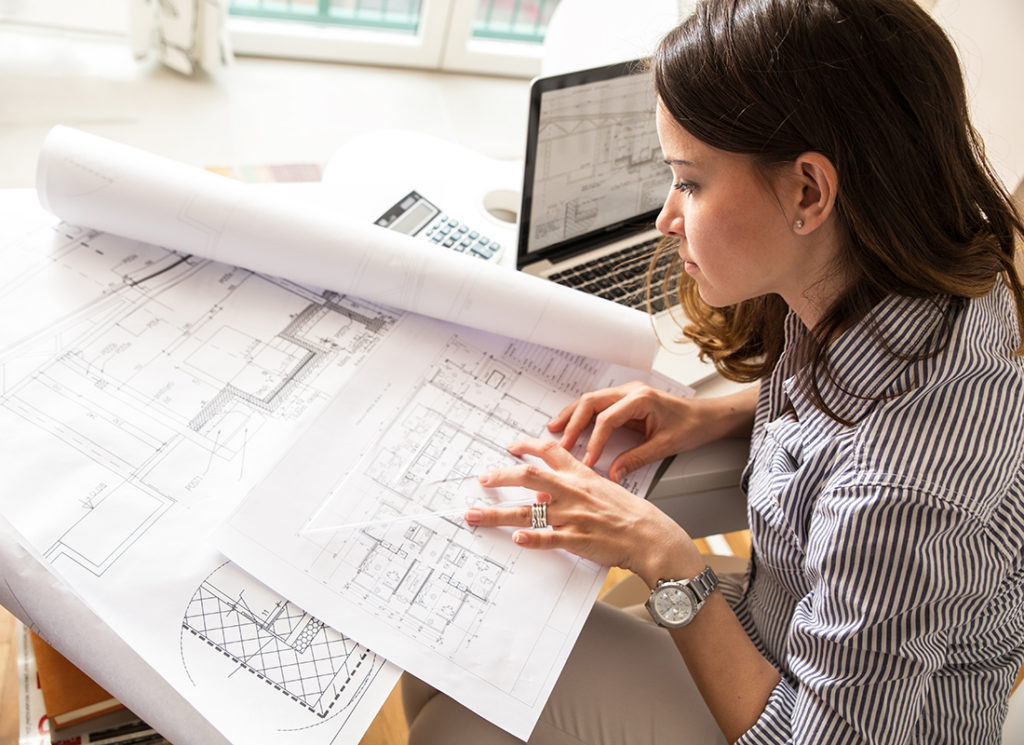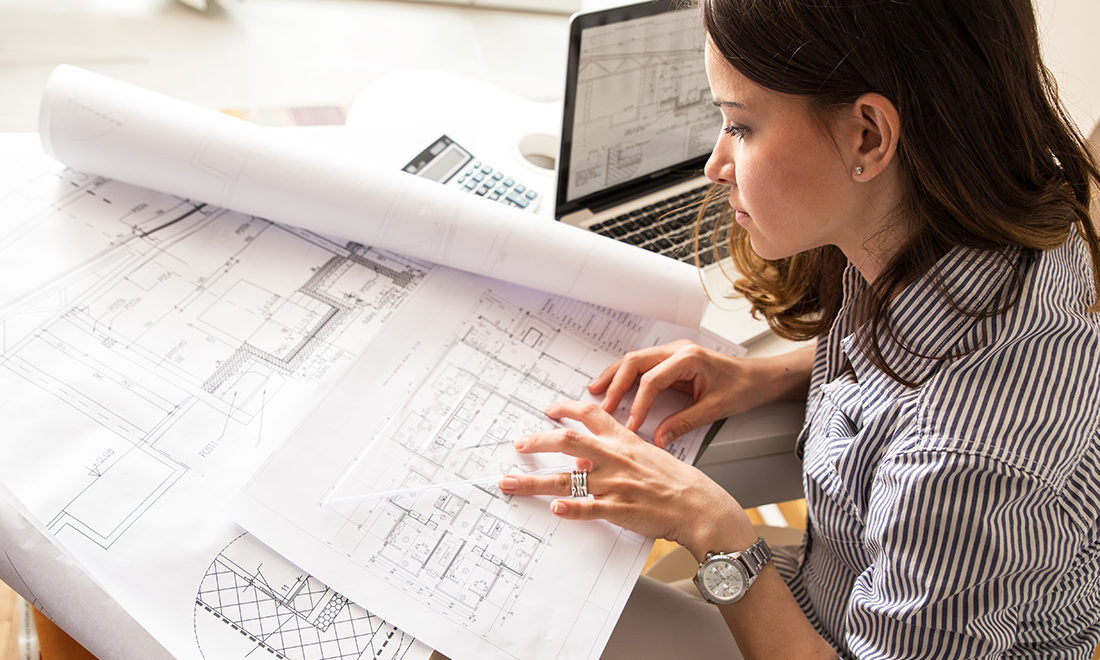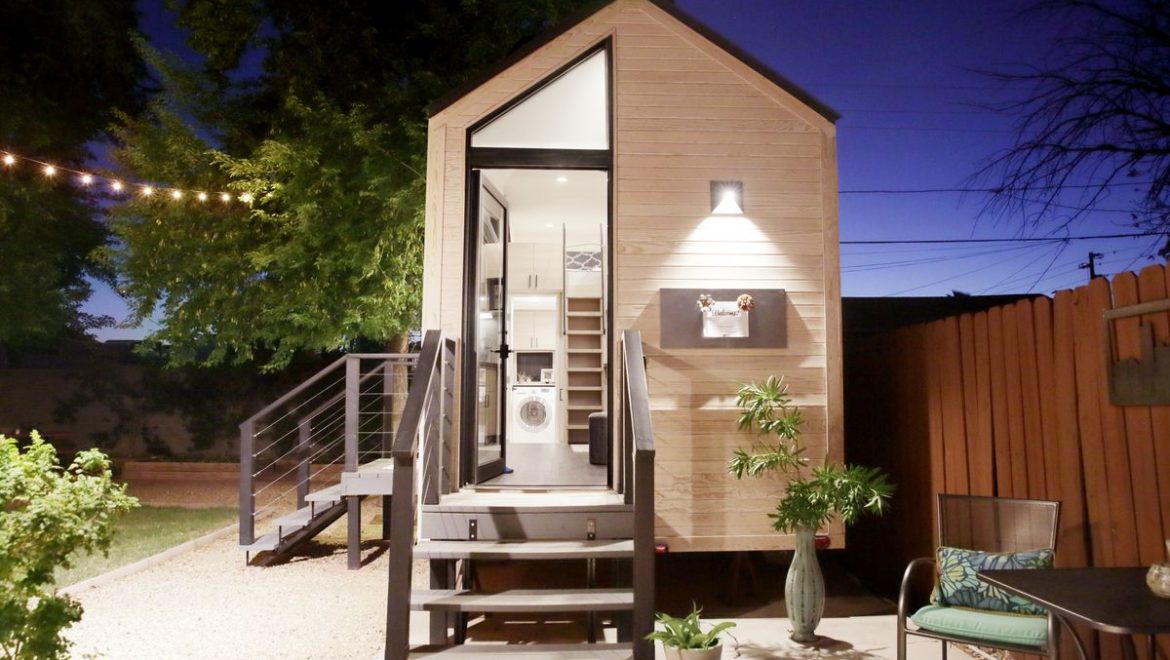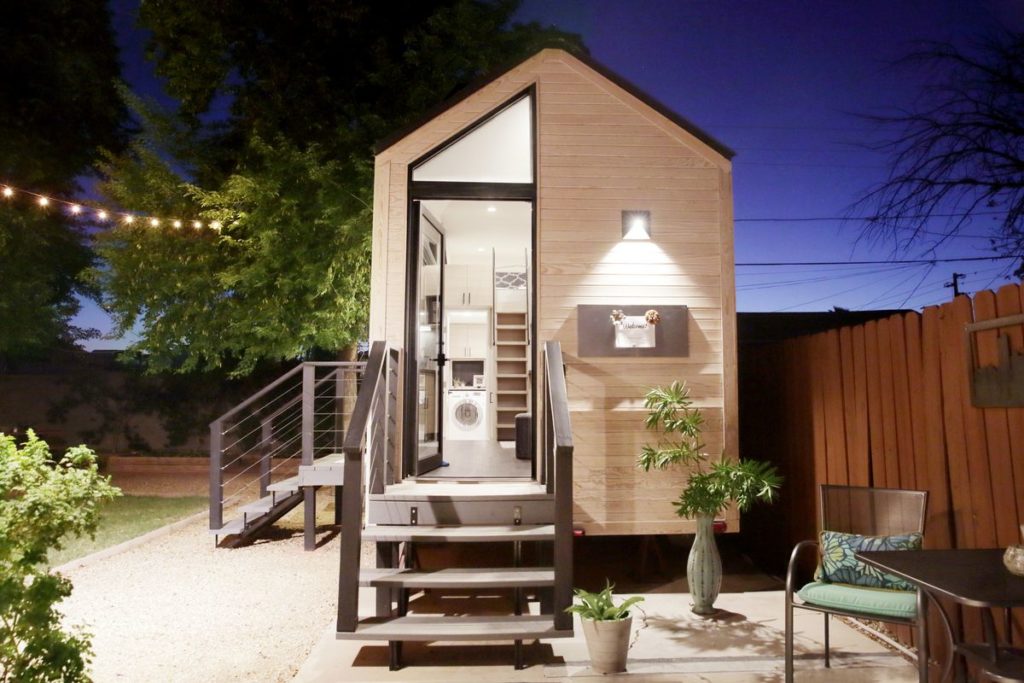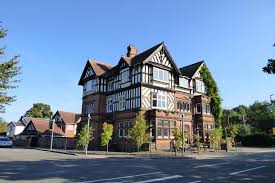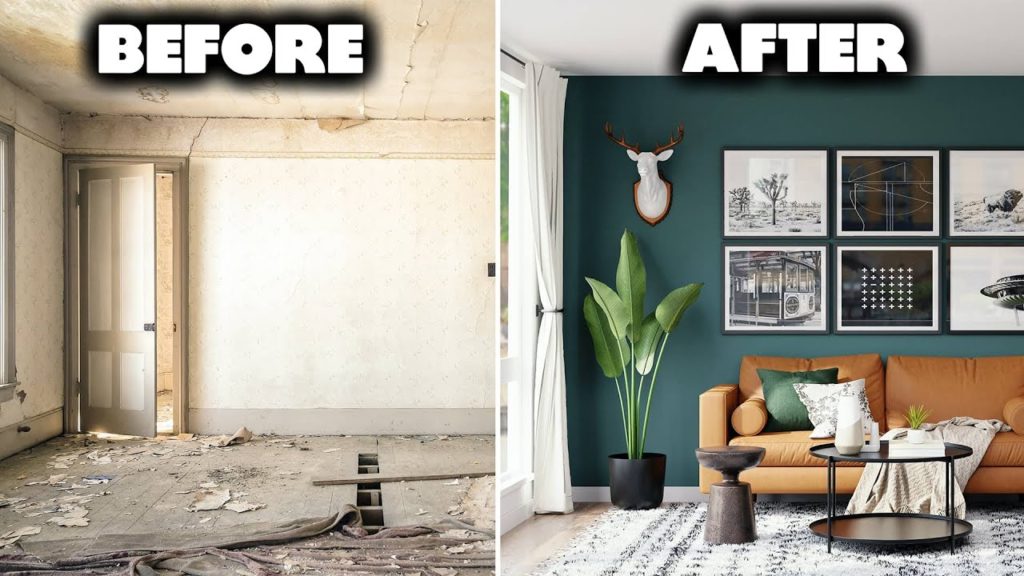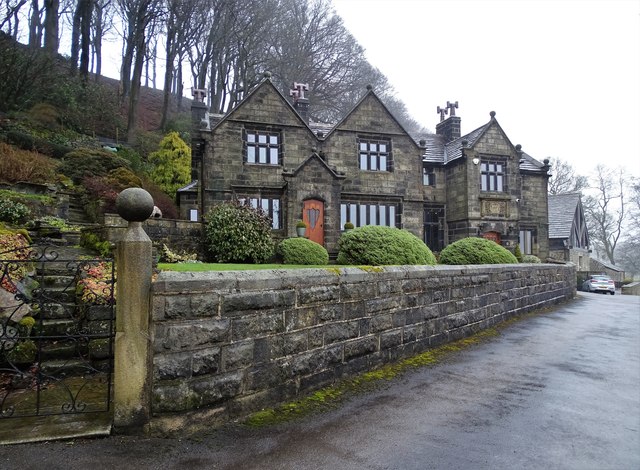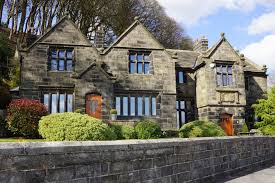Architectural Education and Career Paths: A Guide for Aspiring Architects in the UK
Are you passionate about design, creativity, and transforming spaces? Do you have a keen eye for aesthetics and a knack for problem-solving? If so, a career in architecture might be the perfect fit for you. Becoming an architect is a rewarding journey that combines art and science to shape the built environment. In this guide, we will explore the educational and career paths for aspiring architects in the United Kingdom.
The Road to Becoming an Architect
Becoming a licensed architect in the UK involves a structured and rigorous process that typically includes the following steps:
1. Education:
a. Undergraduate Degree:
The journey begins with a solid foundation in architecture. Most aspiring architects start by earning a bachelor’s degree in architecture, which typically takes three to four years to complete. It’s important to choose a program accredited by the Royal Institute of British Architects (RIBA) or the Architects Registration Board (ARB).
During your undergraduate studies, you will learn the fundamental principles of architecture, design, and construction. You will also have the opportunity to develop your creative and technical skills through studio projects.
b. Postgraduate Studies (Optional):
While not mandatory, many students choose to pursue a postgraduate degree in architecture, such as a Master of Architecture (MArch). This can be an additional two years of study and provides a deeper understanding of architectural theory, history, and advanced design concepts. It is often required if you plan to become a chartered architect.
2. Practical Experience:
After completing your education, you must gain practical experience through an internship or work placement. This experience is typically referred to as the “Year Out” or “Part 1” and can last for a minimum of 12 months. It allows you to work in a real architectural practice, gaining hands-on experience in various aspects of the profession.
3. Professional Qualification:
To become a fully qualified architect in the UK, you’ll need to complete your “Part 2” and “Part 3” qualifications:
a. Part 2 – Postgraduate Studies:
You can choose to continue your studies by pursuing a Part 2 qualification, which is often integrated into a Master of Architecture program. This phase deepens your knowledge and skills in architecture, preparing you for professional practice.
b. Part 3 – Professional Practice:
Part 3 involves passing the Architect Registration Examination (ARE), which tests your ability to apply your architectural knowledge in real-world situations. Successful completion of Part 3 is required to become a registered architect in the UK.
4. Registration and Chartered Status:
Once you’ve completed all the necessary education, practical experience, and examinations, you can apply for registration with the Architects Registration Board (ARB). This registration allows you to legally use the title “architect” and work as a qualified architect in the UK.
To further advance your career and expertise, you can pursue chartered status with the Royal Institute of British Architects (RIBA). Chartered architects are recognized for their professionalism and commitment to high ethical standards in the field.
Career Paths for Architects
As a qualified architect in the UK, you’ll have various career paths to explore:
1. Architectural Practice:
Many architects choose to work in architectural firms, where they design and oversee the construction of buildings. Architectural practices can range from small, boutique firms to large multinational companies. Some architects specialize in residential projects, while others focus on commercial, industrial, or public buildings.
2. Self-Employment:
Experienced architects often establish their own architectural practices, allowing them to have more control over projects and creative direction. Self-employment can be rewarding but requires strong entrepreneurial skills.
3. Specialized Fields:
Architecture offers diverse specializations, such as sustainable design, historic preservation, interior design, landscape architecture, and urban planning. Architects can choose to specialize in one or more of these areas, depending on their interests and career goals.
4. Academia:
Some architects become educators and teach architecture at universities or colleges. A postgraduate degree and a strong portfolio of work are usually required for academic positions.
5. Public Sector:
Architects can work in the public sector for government agencies, local authorities, or organizations involved in urban planning and development. These roles often focus on creating public spaces and infrastructure.
6. Construction Management:
Architects with strong project management skills may choose to work as construction managers, overseeing the execution of building projects to ensure they align with the design and meet quality standards.
Key Skills for Aspiring Architects
To succeed in the field of architecture, aspiring architects should possess the following key skills and attributes:
- Creativity: Architects must be creative thinkers who can envision innovative designs and solutions.
- Technical Proficiency: A solid understanding of architectural software, building codes, and construction techniques is essential.
- Attention to Detail: Precision is critical in architectural work, from drafting plans to supervising construction.
- Problem-Solving: Architects often encounter complex challenges that require creative problem-solving skills.
- Communication: Architects must communicate effectively with clients, team members, and contractors.
- Time Management: Meeting deadlines and managing multiple projects is a common aspect of an architect’s job.
- Sustainability Awareness: With increasing emphasis on sustainability, architects should be knowledgeable about green building practices and environmental considerations.
Conclusion
Becoming an aspiring architect in the UK is a demanding but rewarding journey that combines education, practical experience, and professional qualifications. It’s a career path that allows you to shape the world around you, from designing homes to creating iconic landmarks. If you have a passion for design, creativity, and a commitment to making a positive impact on the built environment, architectural education and a career in architecture may be the perfect fit for you.
